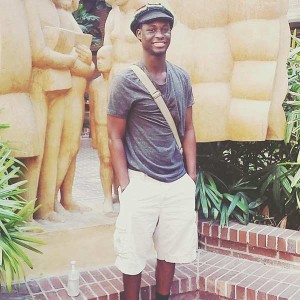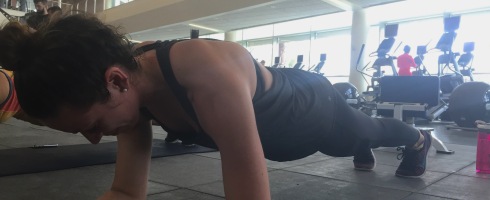
Woody Joseph is a third-year public relations student at the University of Florida who aspires to become a public relations practitioner in the political realm. His ultimate desire is to become an advocate for social justice and a promoter of equality on all levels of society.
Editor’s note: This is part of a series of contributing bloggers beginning their careers as journalists/public relations professionals at the University of Florida. Please see my earlier post about getting journalists excited about science writing early on.
By Woody Joseph
A recent study underway at the University of Florida is developing a mobile application, called Team Speak, that will attempt to help young individuals manage asthma. The project was funded by the National Institutes of Health earlier this year.
According to the Department of Clinical and Health Psychology at UF, the Team Speak project uses mobile health technology that researchers hope will help adolescents and their caregivers identify asthma management goals, develop behavioral strategies to meet those goals and strengthen communication skills between adolescents and parents.
The study targets adolescents with asthma between the ages of 12 and 15 and their parents.
“The reason we picked this age range is this is an age when parents look to teenagers to take more responsibility for their care, but sometimes kids aren’t interested in doing that yet,” said David Fedele, the study’s lead investigator in a press release. “They aren’t prepared, or they don’t have the knowledge or skills to take on that increased responsibility, even though they may want to.”
The Team Speak project hopes to encourage interventions to help manage asthma within individual families by collecting data from a small chunk of time and then inform the families on the next possible steps in asthma management, Fedele said.
The project consists of two phases, said Andrew McConville, lab coordinator and research assistant for the Team Speak project.
Phase one of the project involves the creating the app. Using a pilot program, an advisory board consisting of the parents of the participants receives feedback from the target audience.
Phase two of the project is compiling the feedback and then tailoring the final version of the application for a four-month randomized control group trial.
The trial will include two groups. One group would be assigned to simply use the application. The other group is a self-guided control group that is given a diary to document their symptoms and handouts to better manage their asthma.
“Creating an app that would target self-management in asthma is an important psychological domain for lots of different illnesses, especially chronic illness, McConville said.
A secondary function of this project is to help adolescents take charge of their illness.
We also hope to help adolescents make the transition to independently manage asthma so that later down the line they could prevent avoidable symptoms and possible emergency room visits, McConville said.
When asked about the Team Speak mobile application and how it can help with asthma students’ responses were positive.
“I have been dealing with asthma my entire life,” Denard Smith, a third-year criminal justice major. “When I was younger the resources available to me were limited but it is interesting to see how technology is advancing to the point where a mobile app can help with asthma.”
Sarah Bounaim, a third-year education major, also believes that the app would be effective.
“My younger brother has asthma and being that my parents have always desired to instill independence within us, this app can help him take control over his chronic illness,” she said.
The Team Speak project is currently seeking more participant. If you or a family member is interested in participating in the study and would like to see if you are eligible, contact the UF Youth Asthma Research Lab at 352-273-5124.






